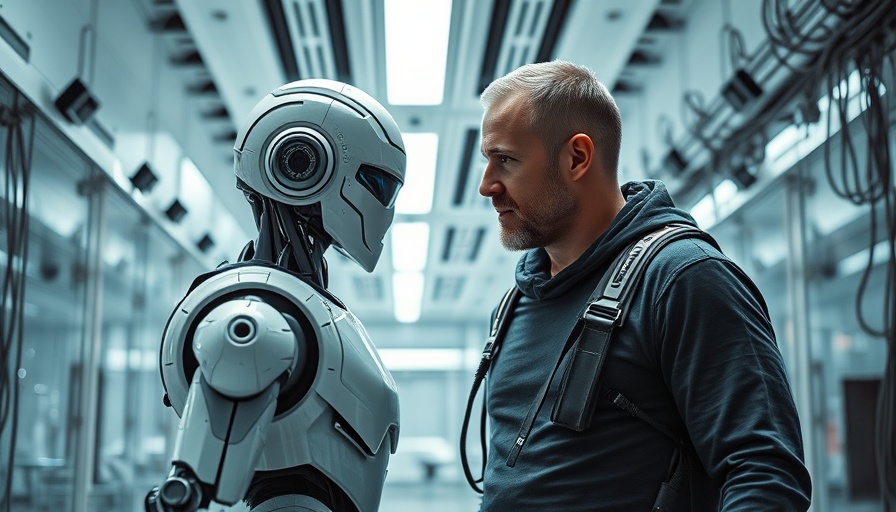
Exploring AI Intelligence: The Limits of Current Technologies
Artificial intelligence has rapidly advanced in recent years, showcasing capabilities that were previously thought to be the stuff of science fiction. However, a recent study conducted by Google DeepMind has shed light on the limitations of AI when it comes to understanding the physical world. It turns out, while AI can generate impressively realistic videos, the understanding behind these visuals remains fundamentally different from human intelligence.
In 'Finally, DeepMind Made An IQ Test For AIs!', the discussion explores how AI faces challenges in understanding physical reality, providing a fascinating basis for our analysis.
The New AI IQ Test: What It Reveals
The study designed a test for AI systems that measures their ability to predict what happens next in a given video. By presenting scenarios with varying complexity—such as a rotating teapot and a match placed in water—scientists were able to evaluate the AI’s grasp of physics. Results were shocking; many popular AI models failed to understand basic principles of physical reality, with VideoPoet performing surprisingly well compared to its peers, but still scoring below 30% overall.
Why AI Struggles With Physics - A Deeper Look
The core issue lies in the distinction between human and artificial intelligence. AI technologies are trained with vast amounts of data, yet they do not necessarily develop an understanding of that data in a way that translates to real-world comprehension. In the study, it became evident that while AI systems excel in generating photorealistic images, they lack true physical understanding. This mismatch raises questions for business owners: how can we leverage AI effectively when its grasp of the real world is limited?
Real-World Implications for Business Owners
For business owners eager to integrate AI into their operations, the results of this study underline the importance of understanding AI limitations. While machine learning models can enhance processes, marketers and entrepreneurs must be cautious about overreliance on AI in making strategic decisions or predictions about consumer behavior. Recognizing that AI cannot always interpret complex physical interactions might very well be the key to avoiding potential pitfalls.
Future Predictions: AI's Path Toward Improvement
Predicting the trajectory of AI development could help businesses adapt. As technologies progress and researchers continue to improve educational models for AI, we can expect systems to evolve. Nonetheless, such transformations will take time. By keeping abreast of advancements and participating in technological discourse, businesses can position themselves to harness emerging capabilities as AI continues to mature.
Actionable Insights for Leveraging AI
To effectively utilize AI in your business, consider the following actionable insights: 1) Evaluate the specific tasks you require AI to perform—ensure they align with the strengths of existing technologies. 2) Incorporate human oversight to bridge the gap between what AI can achieve and the nuanced understanding of human intelligence necessary for specific applications. 3) Stay educated about ongoing innovations in your industry related to AI—the better informed you are, the better decisions you can make.
As the technological landscape continues to evolve, understanding the strengths and weaknesses of AI will empower business leaders to make responsible and informed choices about how to implement these tools.
 Add Row
Add Row  Add
Add 




Write A Comment